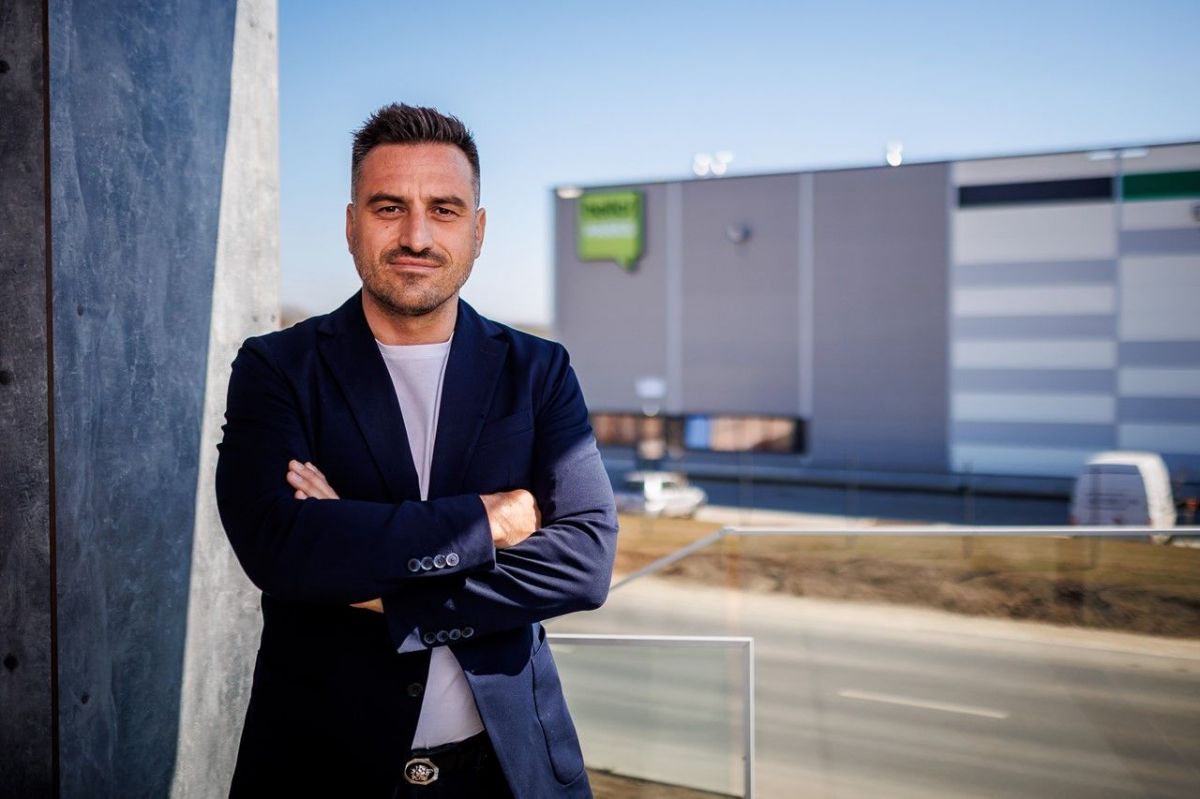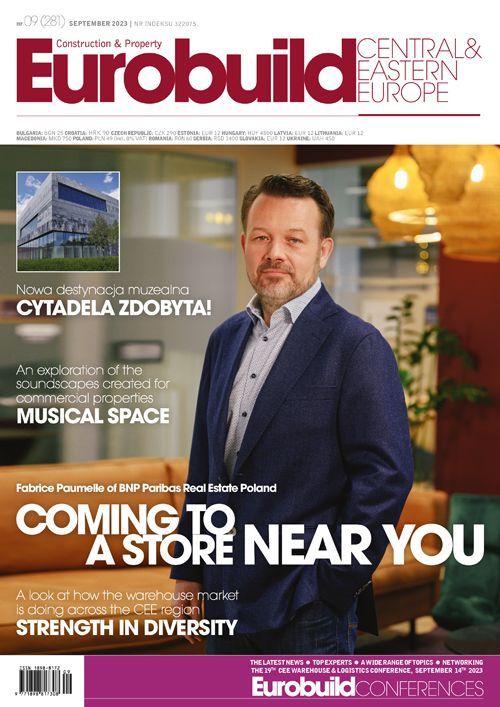Since the pandemic, warehousing has been the darling asset class of investors, with the sector showing phenomenal growth despite such adversities as lockdowns. Over this period, Poland has cemented its lead as the warehousing centre of the region, with the total stock in the country now totalling around 30 mln sqm. Marek Dobrzycki, the general director of Panattoni, believes this dominance is down to a number of factors: “Above all, it is its location. On the one hand, Poland connects both the north and the south of Europe, while on the other, it serves as an excellent hub for Western Europe and in particular Germany. This is attracting gigantic investment, such as in European e-commerce, and it is also bringing manufacturing industries into the country in the form of nearshoring,” he points out.
However, despite this dominance, other countries have seen a sharp uptick in investment, and this includes the Balkans. According to Jana Jovanović, the SEE head of research at C































































